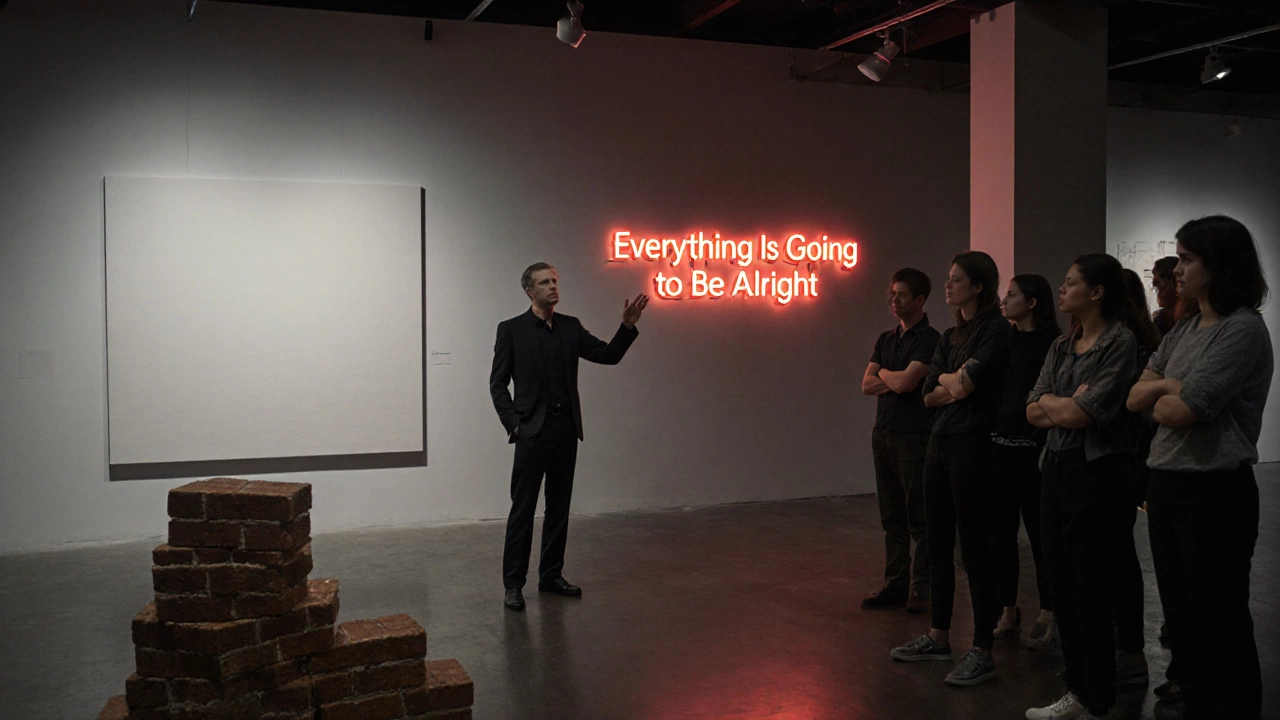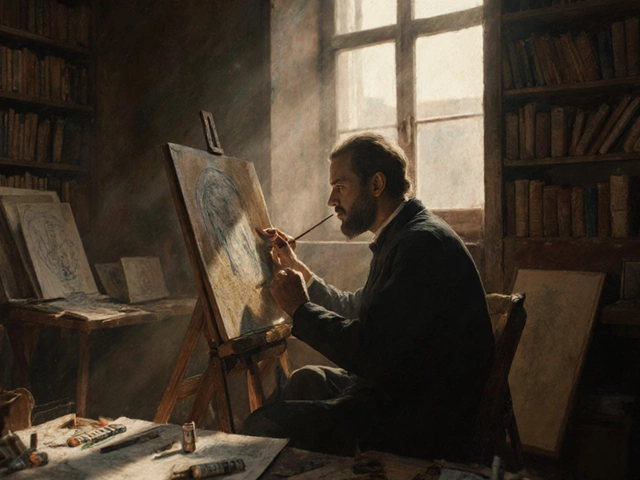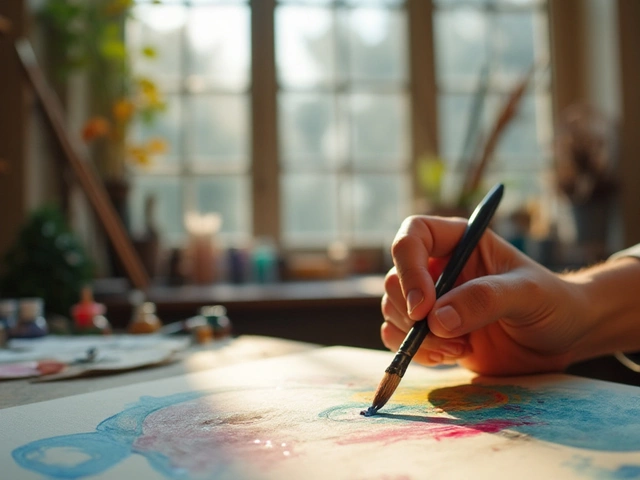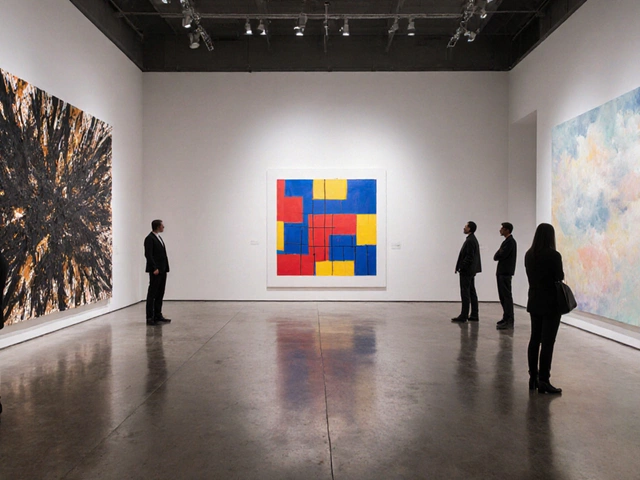Why People Hate Modern Art: What It Really Means and Who It Speaks To
When people say they modern art, they’re not really talking about the brushstrokes or the colors. They’re talking about feeling left out. Modern art, a movement that began in the late 1800s and broke away from traditional representation to focus on emotion, ideas, and experimentation. Also known as avant-garde art, it’s not about making things look real—it’s about making you feel something, even if you don’t know why. Think of it like listening to a song with no chorus. You might not hum it, but it still sticks with you.
Part of the frustration comes from confusion. People expect art to be a window—something you look through to see a landscape, a face, a story. But modern art is more like a mirror. It reflects back what you bring to it. Abstract art, a major branch of modern art that doesn’t try to depict reality, but instead uses shapes, lines, and color to express emotion or ideas, often gets called "my kid could do that." And maybe they could. But that’s not the point. Artists like Picasso and Pollock weren’t trying to draw a tree—they were trying to show what it felt like to live through war, chaos, or freedom. Art history, the study of how visual culture changed over time, especially as artists began rejecting tradition shows us this wasn’t a random rebellion. It was a response to industrialization, world wars, and new ways of seeing the world.
And then there’s the money. A single abstract painting sells for millions, while a skilled realist painter struggles to pay rent. That imbalance makes people angry. It feels unfair. But the art market doesn’t care about how long it took to paint—it cares about the idea behind it, the artist’s name, and the story that surrounds it. Contemporary art, the art being made today, which builds on modern art but includes digital media, performance, and social commentary doesn’t make it any easier. When you walk into a gallery and see a pile of bricks labeled "The Weight of Silence," it’s not about the bricks. It’s about what you think silence costs.
Here’s the truth: people don’t hate modern art because it’s ugly. They hate it because they’ve been told they’re not supposed to understand it. That’s not art’s fault—it’s the system’s. The truth is, you don’t need a degree to get it. You just need to ask: What does this make me feel? Why did the artist make this? What was happening in the world when it was created? The posts below break down exactly that. You’ll find real talk about Picasso’s legacy, why abstract art isn’t random, how modern and contemporary art differ, and why some of the most hated pieces are now the most valued. No jargon. No pretense. Just clarity.
Why Is Modern Art Looked Down Upon? The Real Reasons Behind the Controversy
Modern art is often dismissed as pointless or overpriced, but the real issue is deeper: it challenges our assumptions about skill, value, and meaning. Here’s why it provokes such strong reactions - and what you’re really rejecting when you say you don’t get it.
Continue Reading




